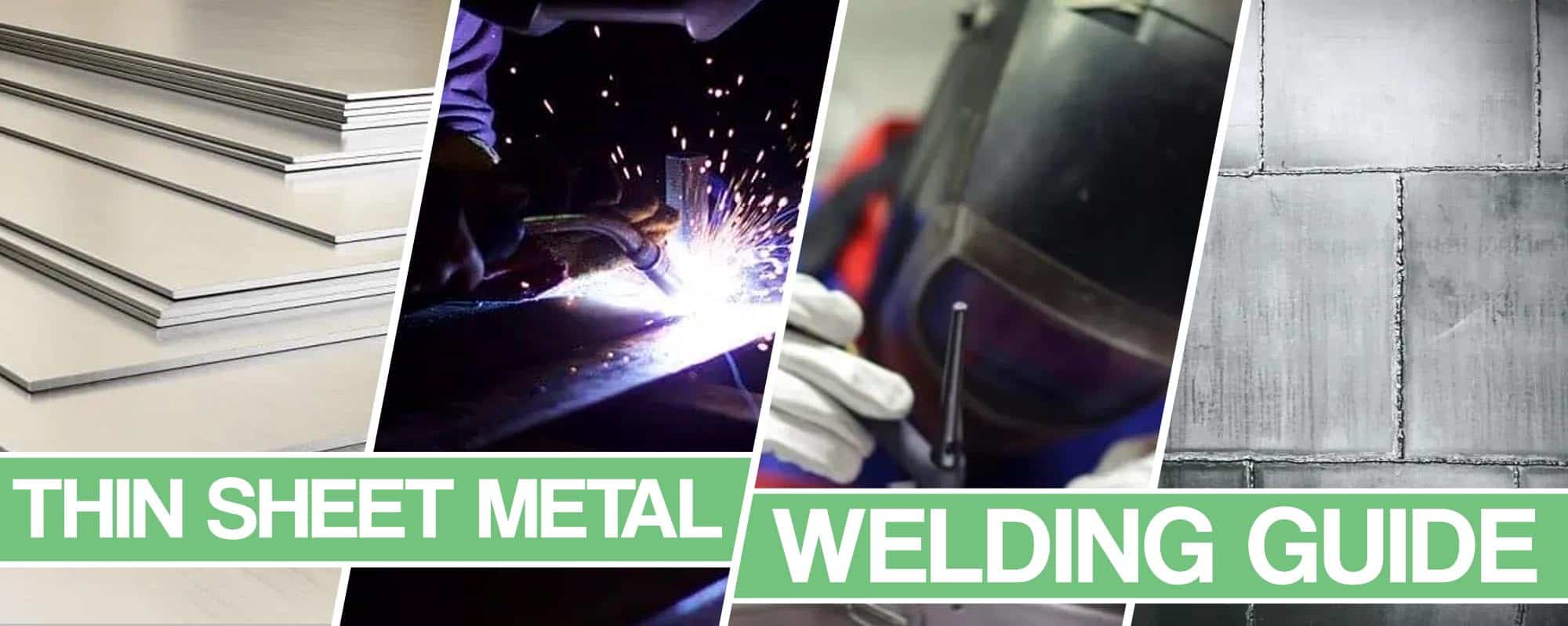Welding gas for stainless steel while choosing the shielding gas for mig welding stainless steel welders usually prefer a mixture consisting of argon 98 and co2 2 while some prefer to use the gas mixture of helium 90 argon 7 and co2 2.
Best gas for mig welding sheet metal.
The best thing about argon is that it carries less heat than co2 which further results in less spatter.
With these materials use a tri mix gas 90 helium 8 argon and 2 co 2.
Usually copper or aluminum because they dissipate heat best clamped.
The hobart handler 140 mig is the best affordable mig welder for sheet metal.
It is better to avoid using a flux cored wire when welding sheet metals.
As for shielding gas a higher argon based gas is recommended.
As a rule when mig welding sheet metal never use a body filler metal that is thicker than the base metal.
The main reason to use a smaller diameter wire is that it takes less heat for melting and hence the metal around the weld is not heated to a very great extent.
For mig welding sheet metal it is often recommended to use an electrode wire of the smallest diameter to prevent burn through and warping.
In some cases there is tri mix shielding gas containing 90 helium 7 5 argon and 2 5 carbon dioxide.
Mig welding sheet metal.
When starting to learn auto body sheet metal welding with a mig welder you should opt for a shielding gas that has a higher proportion of argon gas.
Mig welding is the preferred method for most automotive bodywork and since sheet metal is the thinnest of metals a large expensive mig unit is usually not required.
Wires are compatible but for welding 316l stainless you need a 316l wire.
While sheet metal is primarily a tig welding job there are times when it s handy to have an available mig welder to fuse sheet metal.
It is better to use instead of a high percentage of co2.
Otherwise you may find a lot more splatter than you have imagined.
To weld sheet metal with solid wires use electrode positive ep or reverse polarity.
Mig welding gas for stainless steel welding welding of stainless steel is typically done with c2 or 2 carbon dioxide and 98 argon.





























